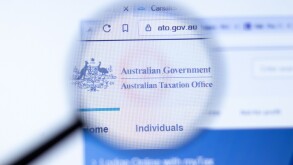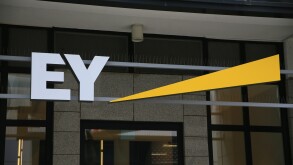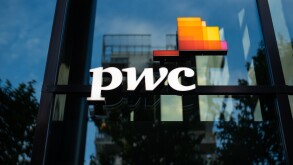Schedule 3 of PCG2017/1 - the practical compliance guideline for offshore shipping services hubs that deals with the ATO’s approach to offshore
Similar to the approach taken to other offshore hubs already covered in the PCG (marketing and non-core procurement hubs), the ATO notes in Schedule 3 that a modified cost plus outcome is the best measure to assess risk.
In the case of shipping service hubs, the ATO states that outcomes of up to 25%
Taxpayers should note that ‘hub costs’ are defined to include only operating costs related to the provision or
Costs associated with shipping directly – pass-through costs and any other expense not connected to shipping service hub revenues – must be excluded from the cost base when calculating the result. In addition, the indicators in the draft schedule cannot be used in situations in which the vessels are owned by the hub.
The draft schedule narrows the definition of what types of shipping service hubs will be able to rely on the low-risk benchmark. In particular, the schedule will only apply to
Iron ore;
Liquefied natural gas (LNG);
Thermal coal;
Metallurgical coal;
-
Aluminium (including alumina and bauxite);
Precious metals or stones (if transported by sea, including gold, silver
and diamonds);
Crude oil (including condensate);
Petroleum products (including LPG, blendstocks
and feedstocks); and
Other metals, minerals or mined elements (including lithium, rare
earths , uranium, copper, lead, zincand nickel).
It is assumed that the last category encompasses less refined stages of the metals listed (such as spodumene concentrate, nickel matte, copper concentrate, etc.), although this is not entirely clear.
The draft schedule also makes a small concession for hubs that have integrated shipping and marketing functions. In those cases, if the total costs associated with the provision of both marketing and shipping services is less than A$2 million ($1.4 million), the low-risk benchmark is set at a 100%
Integrated hubs that have an operating cost base in excess of A$2 million must now segment the different cost bases and try to determine two different revenue streams (one from commodity sales and one from shipping activities
For example, an integrated hub that purchases commodities on a free on board (FOB) basis and sells on a delivered ex-ship (DES) basis will typically receive only a single revenue amount from a customer for the delivered commodity. Segmenting this amount into hypothetical shipping activity and commodity sales-based revenues will involve some subjective and potentially arbitrary
These situations also mean that the Australian entity – having sold FOB – has no responsibility either directly or indirectly for shipping costs, nor to reimburse the offshore hub for shipping activities. Nevertheless, the schedule states that such offshore entities will still be considered to be shipping service hubs subject to the terms of the PCG.
The ATO states that the 25%
In common with other hubs covered by the PCG, a
Taxpayers who may be affected by this draft schedule should review their offshore entities and consider whether any part of them may fall under the shipping service hubs definition. If so, they should review their operations and determine whether the various financial segmentations required are possible, or whether systems need to be modified to gather the appropriate information.
It is likely that there will be an updated reporting requirement for shipping services hub self-assessments in the reportable tax position schedule for relevant taxpayers.

|
John Bland |










